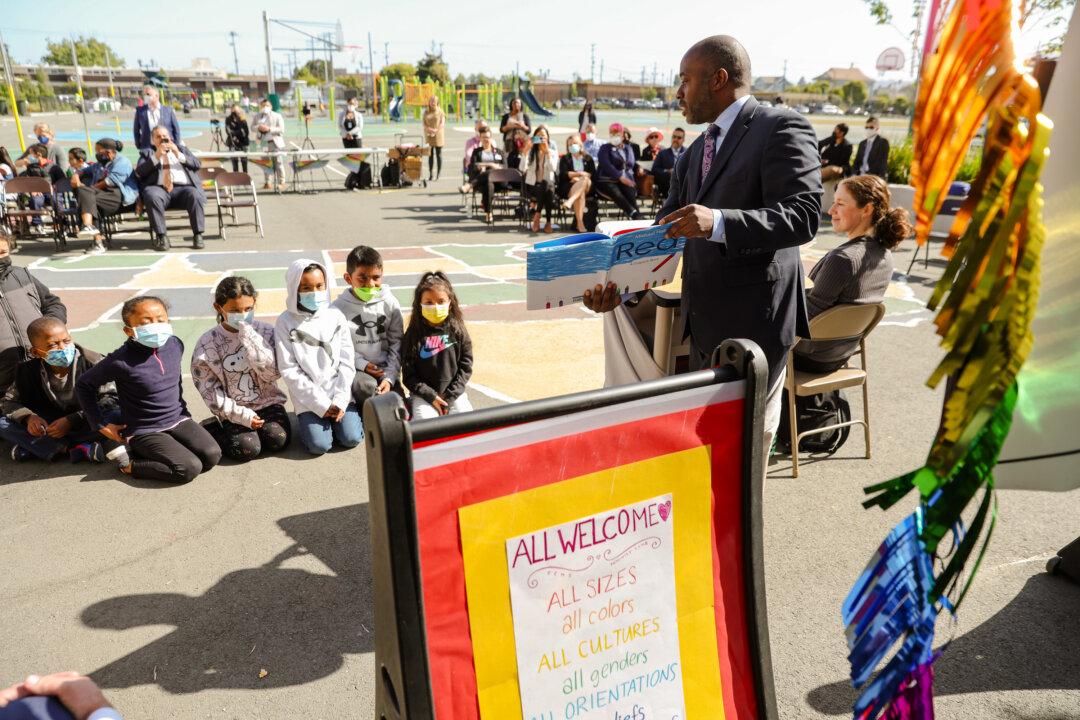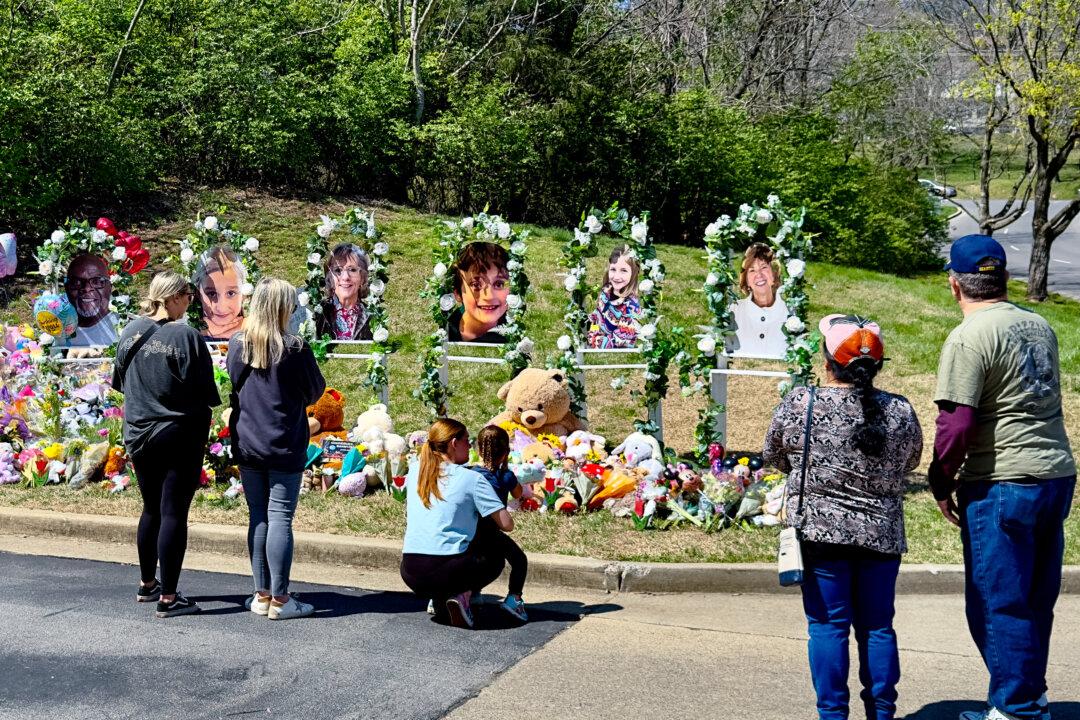A recent report by the Orange County Grand Jury estimates there could be as many as 23,000—or even more than 30,000 according to some of its sources—homeless youth in the Southern California county, a far cry from the 700 estimated by the county in 2022.
The jury decided to conduct their study because they felt the county’s survey did not accurately identify all homeless youth. The discrepancy between the numbers comes from differing criteria for each count, according to the jury’s report.





